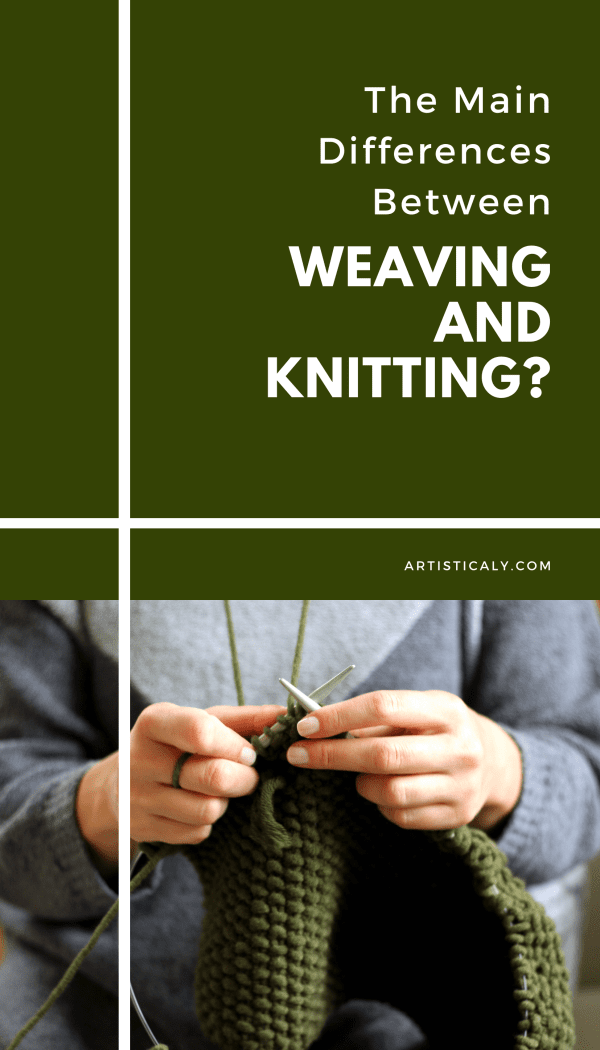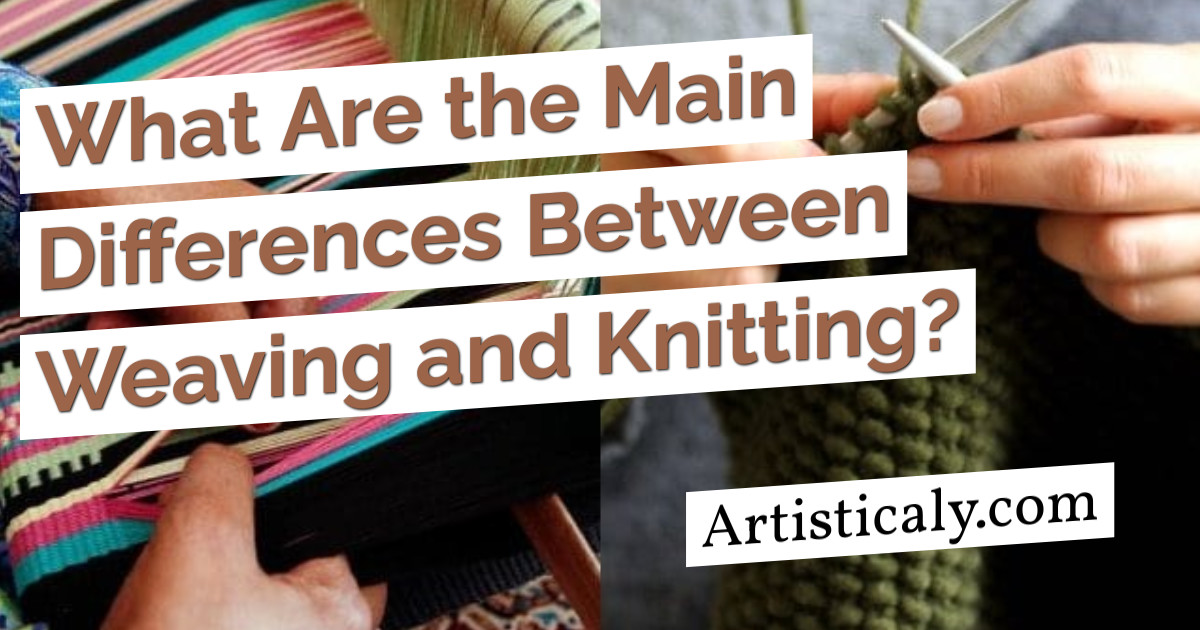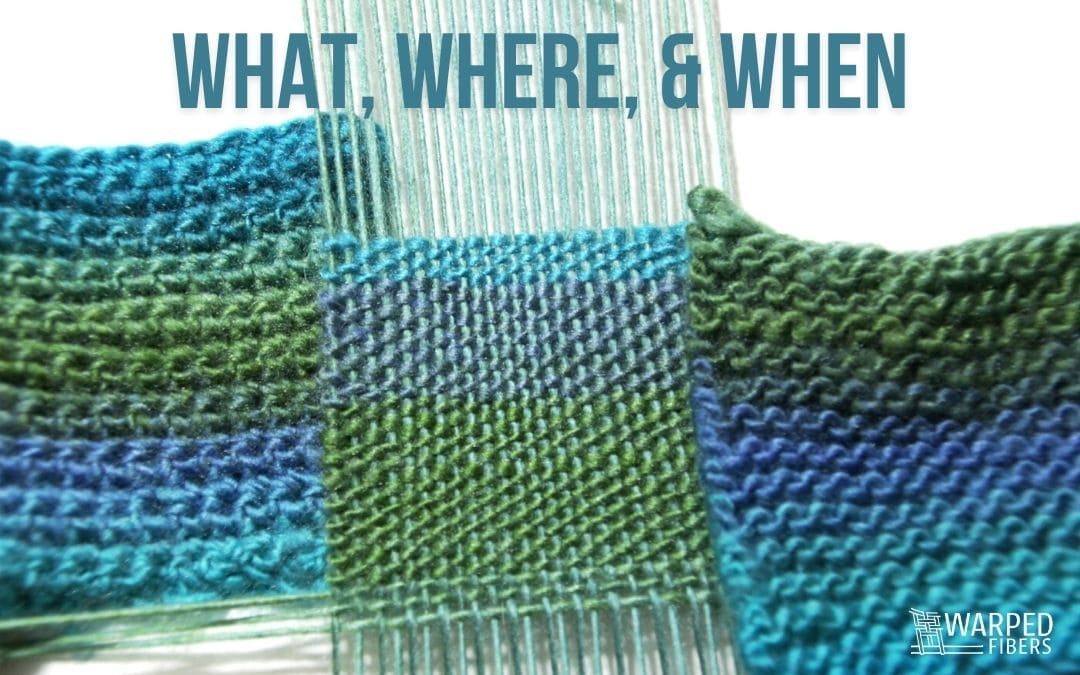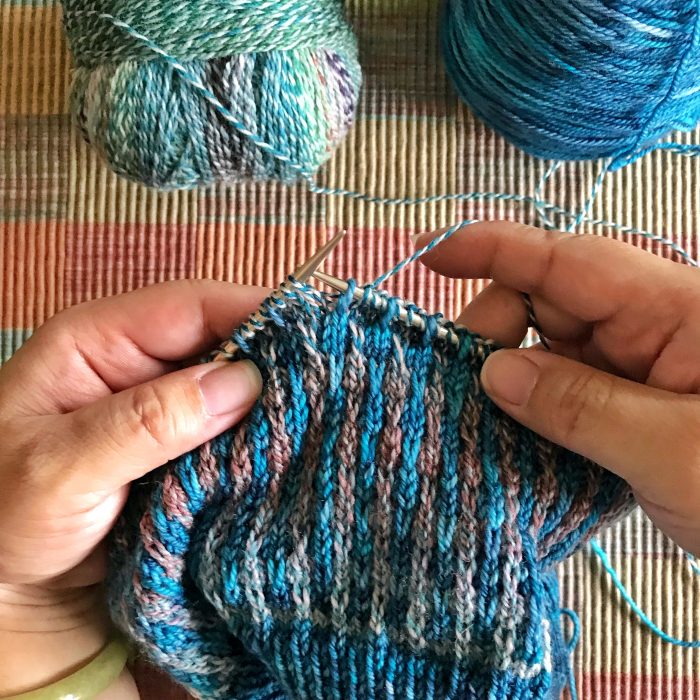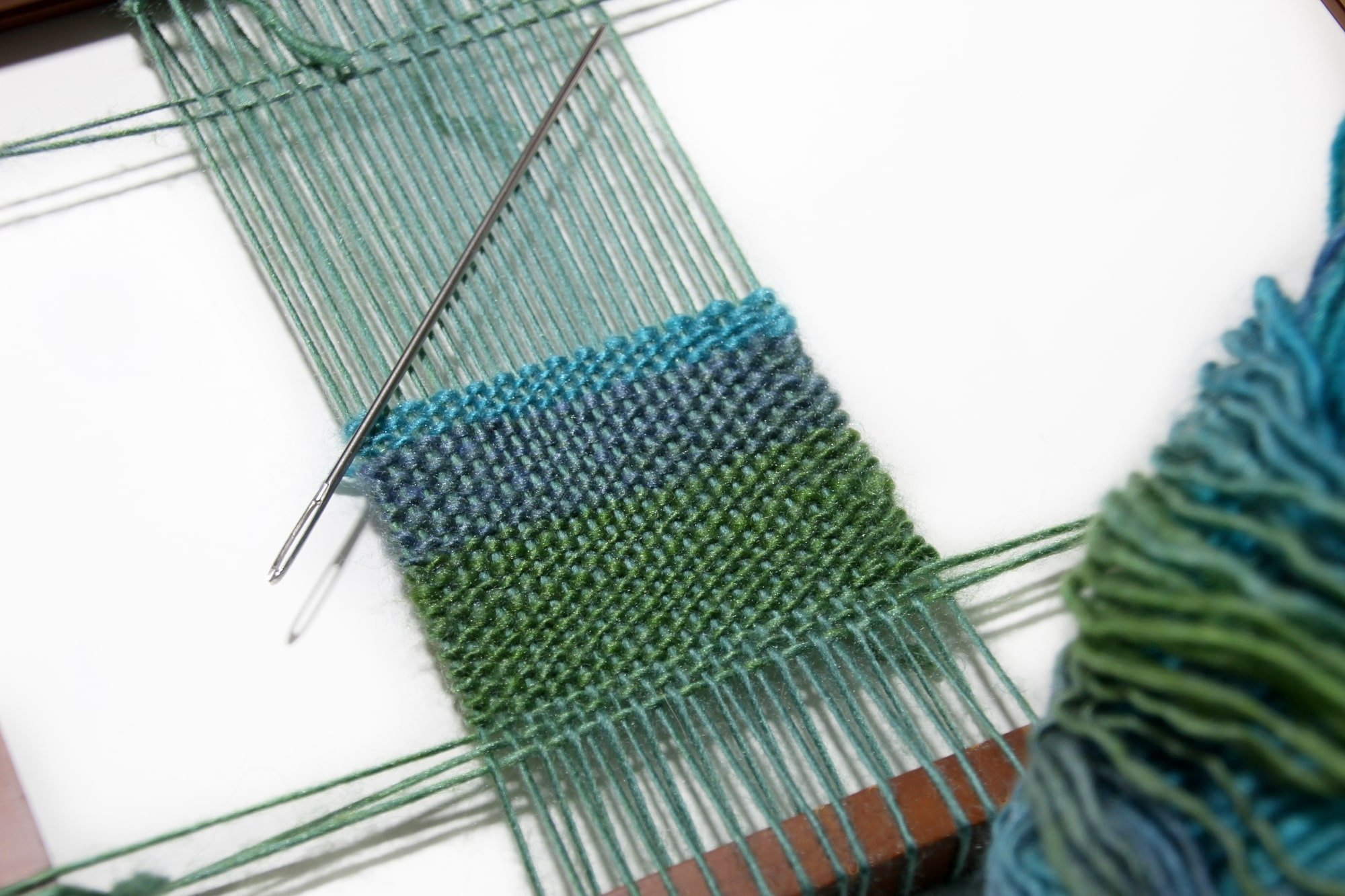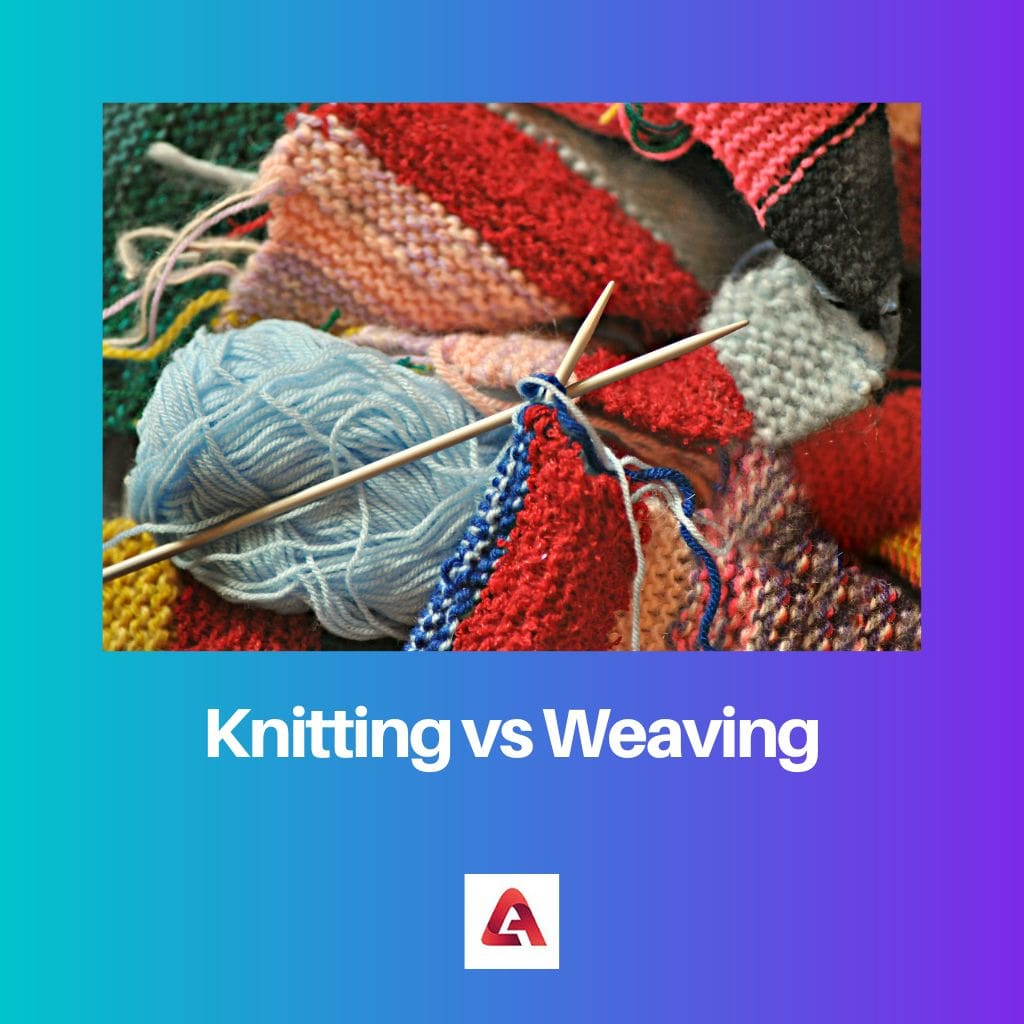Knitting Vs Weaving - Weaving (knitting) in knitting, weaving is a family of techniques used for several purposes in knitting. Weaving is a technique in which two sets of threads, called the warp and the weft, are interlaced to create a fabric. Web no one (fiber art) is perfect! Web knitting involves interlocking loops of yarn with needles to create fabric, while weaving intertwines warp and weft threads on a loom. Web weaving yarn tends to be much stronger than knitting and crochet yarn. The method or process of interlacing two yarns of. Process, tools, technique, yarns and types of projects. Knitted fabric has more elasticity. Weaving is defined as the process of creating a fabric through the interlacing of threads. On the other hand, knitting is defined as the process through.
What Are the Main Differences Between Weaving and Knitting
April 4, 2012 by mazharul islam kiron. Jun 7, 2021 • 9 min read. Knits also retain their nice and tidy appearance better than woven.
What Is The Difference Between Knitting And Weaving?
Fundamentally, weaving, knitting, and crochet have a very different structure because they are all essentially. On the other hand, knitting is defined as the process.
Knitting and weaving are two different techniques used to create fabric
Weaving is defined as the process of creating a fabric through the interlacing of threads. Other meanings of weaving in knitting. Web below, is a.
What Are the Main Differences Between Weaving and Knitting
Knits also retain their nice and tidy appearance better than woven fabrics. Weaving uses two different types of fabric, and crochet only uses one needle,.
What is the difference between weaving and knitting yarn? YouTube
4.8k views 3 years ago. Web knitting yarns will generally have more elasticity and stretch whereas weaving yarns are often somewhat tough and rigid. Web.
The Difference Between Weaving, Knitting, and Crochet Warped Fibers
Knitting produces a knitted fabric and weaving produces a woven fabric. Web below, is a comparison between the knitting and weaving in five areas: It.
Weaving vs. Knitting The Knitting Circle
Weaving uses two different types of fabric, and crochet only uses one needle, a yarn strand, and loops. While they may seem similar, there are.
COMPARISION BETWEEN WEAVING AND KNITTING YouTube
Web table summary of differences between knitting and weaving. Process, tools, technique, yarns and types of projects. However, the preparation of almost all. Web knitting.
The Difference Between Weaving, Knitting, and Crochet Warped Fibers
Web knitting yarns will generally have more elasticity and stretch whereas weaving yarns are often somewhat tough and rigid. The method or process of interlacing.
Weaving Is Defined As The Process Of Creating A Fabric Through The Interlacing Of Threads.
Weaving uses two different types of fabric, and crochet only uses one needle, a yarn strand, and loops. Weaving (knitting) in knitting, weaving is a family of techniques used for several purposes in knitting. April 4, 2012 by mazharul islam kiron. The warp threads run vertically on a.
2· Knitted Products Are More Elastic And Bulkier, While.
Weavers typically work on a loom, a frame or machine used to hold the threads in place while the. Woven fabric can usually be stretched in only one direction. Threads run perpendicular to each other in weaving: Web the short answer is that knitting uses two different needles;
Web The Main Difference Between Knit And Woven Fabric Is That Knit Fabric Uses A Single Looped Yarn Construction, While Woven Fabric Contains A Structure Of Crossed Yarns.
4.8k views 3 years ago. Knitted fabric has more elasticity. Knitting is the procedure wherein thread—or occasionally yarn—is produced into cloth and other crafts. Web below, is a comparison between the knitting and weaving in five areas:
Fabric Can Come From Various Materials, Including Linen, Rayon, Spandex, Lycra, Viscose, And Cotton.
The method or process of interlacing two yarns of. Due to this, you might. Fundamentally, weaving, knitting, and crochet have a very different structure because they are all essentially. Process, tools, technique, yarns and types of projects.
